Purpose
A particularly useful technique in brainstorming and decision making is the NAF technique. The acronym stands for New, Appeal and Feasibility. It is basically a simple way to score ideas to see if they are worth pursuing or implementing. It also helps you to see what you can do to increase the probability of success when developing or implementing an idea.
The NAF technique is not necessarily a mathematical decision making technique. It is designed to measure gut feelings about particular ideas and hence it very much relies on participant’s instincts and judgement. Since the technique relies on emotions it is a great complementary method that can be used in conjunction with logical and quantitative decision making techniques. This helps to give an overall idea on the probability of success for any given creative thought.
In short, the NAF technique allows the team to measure its enthusiasm for following up with a given idea or its implementation.
This exercise is ideal for members of a team that need to brainstorm on a specific problem. However, you can easily run the exercise for delegates that come from different organisations so long as you can get them to work on a common problem for the purpose of this exercise.
Objective
Score an idea based on New, Appeal and Feasibility to measure its attractiveness.
What You Need
- Blanks cards
Setup
- Make the blank cards available to everyone.
- Ask a volunteer to act as facilitator or take this role yourself.
Stage 1:
- Consider a problem for the purpose of this exercise.
- Get the delegates to brainstorm over this problem and to generate a number of ideas and solutions. You can use a variety of brainstorming techniques for this purpose. While going through the brainstorming session, they should write each idea on a separate card.
- Ask the group to go through the cards, remove duplicates and merge similar ideas to end up with a unique set.
- Allocate 20 minutes for this part.
Stage 2:
- Now, it is time to apply the NAF technique.
- The group must consider one idea at a time.
- The facilitator should read out each idea to the group.
- The group should then vote for New, Appeal and Feasibility. Each person should write his score for each category on a separate card which will act as his vote. Each delegate must consider the following questions along with scoring rules:
- New. Is the idea new to you? Give a score from 1 to 10. This is totally subjective. The idea might not be new to the world, but if is totally new to you, give it a score of 10. If it is not new at all, give it a score of 1.
- Appeal. How much does the idea appeal to you? Give it a score from 1 (not appealing) to 10 (strongly appealing). This is a purely emotional question.
- Feasible. How feasible is it to implement the idea? Again this is a subjective question on how likely it is to make this happen. Score between 10 for feasible and 1 for not feasible.
- Each participant must write all three scores on a single card and pass it to the facilitator.
- Collect the vote cards for each idea and put them next to the corresponding idea card.
- Continue until all ideas are considered and voted on.
- Allocate 15 minutes for this part.
Stage 3:
- It is time to analyse the results.
- The facilitator should now go through ideas one at a time.
- For each idea, an average score should be calculated for New, Appeal and Feasibility. This should then be shared with the group and discussed. Consider the following interpretations:
- If something is not very new, not very appealing and not very feasible then it is more likely that the implementation will be poor.
- If something is very new, very appealing but not very feasible, then it is worthwhile to take the idea further to see if the feasibility can be improved by creative solutions.
- If something’s average appeal is more than 5, it is worth exploring. It is possible that further exploration and knowledge about the problem and potential solutions can increase the appeal of the idea.
- Hence, the aim is to find ideas that are new and appealing and don’t worry much about feasibility.
- Other than the average, analyse the data to see how much variation you get in each parameter, in particular in feasibility. Are there some members who think an idea is highly feasible while others think that it is not? Encourage the group to find out why this is the case as this would lead to new insights into the nature of the idea and the team’s perception of its implementation.
- Continue one idea at a time until all ideas are covered.
- Allocate 30 minutes for this part.
- Now get the group to have an overall discussion about all ideas explored and come up with a series of conclusions and actions.
- Allocate 15 minutes for this part.
- Follow with a discussion on the effectiveness of this technique.
Timing
Explaining the Exercise: 5 minutes
Activity: 20 min brainstorming + 15 min scoring + 30 min reviewing scores + 15 min overall discussions = 80 minutes
Group Feedback: 10 minutes
Discussion
What did you think of scoring ideas based on New, Appeal and Feasibility? How did the emotional scoring help you see how much you like an idea? How do the results of the NAF technique compare with other techniques you have used before? What was the most impressive insight you had in this exercise?
Comments
By Rose @ Wednesday, December 30, 2015 12:59 PM
I am a student love to learn more, but I can not afford to pay for the training material,
thank you for offering to us free.
Soft Skills Training Materials
Get downloadable training materials
Online Train the Trainer Course:
Core Skills
Learn How to Become the Best Trainer in Your Field
All Tags
Training Resources for You
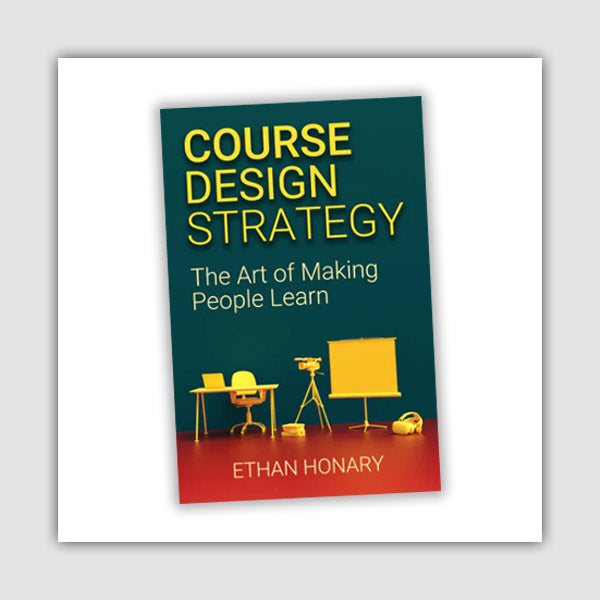
Course Design Strategy
Available as paperback and ebook

Free Training Resources
Download a free comprehensive training package including training guidelines, soft skills training activities, assessment forms and useful training resources that you can use to enhance your courses.

Our Comprehensive Guide to Body Language

Train the Trainer Resources
Get Insights - Read Guides and Books - Attend Courses
Training Materials
Get downloadable training materials on: Management Training, Personal Development, Interpersonal Development, Human Resources, and Sales & Marketing





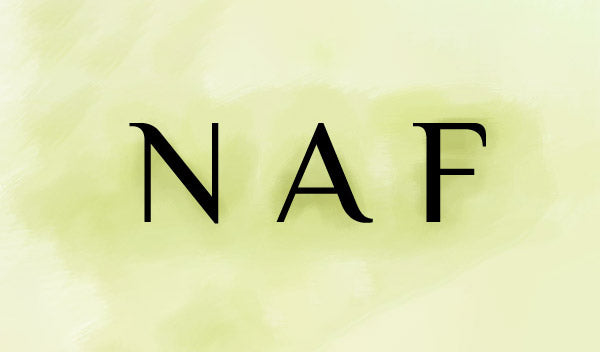


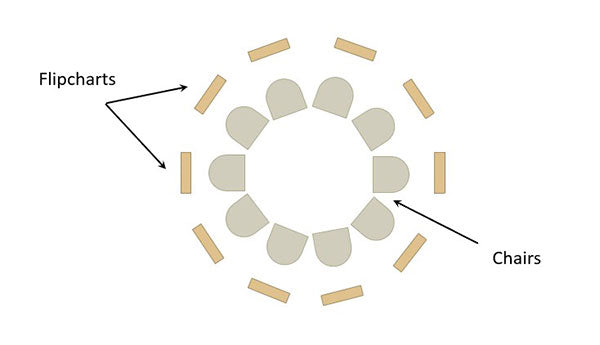
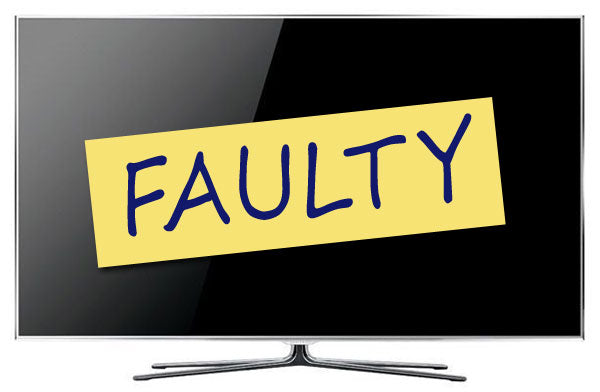
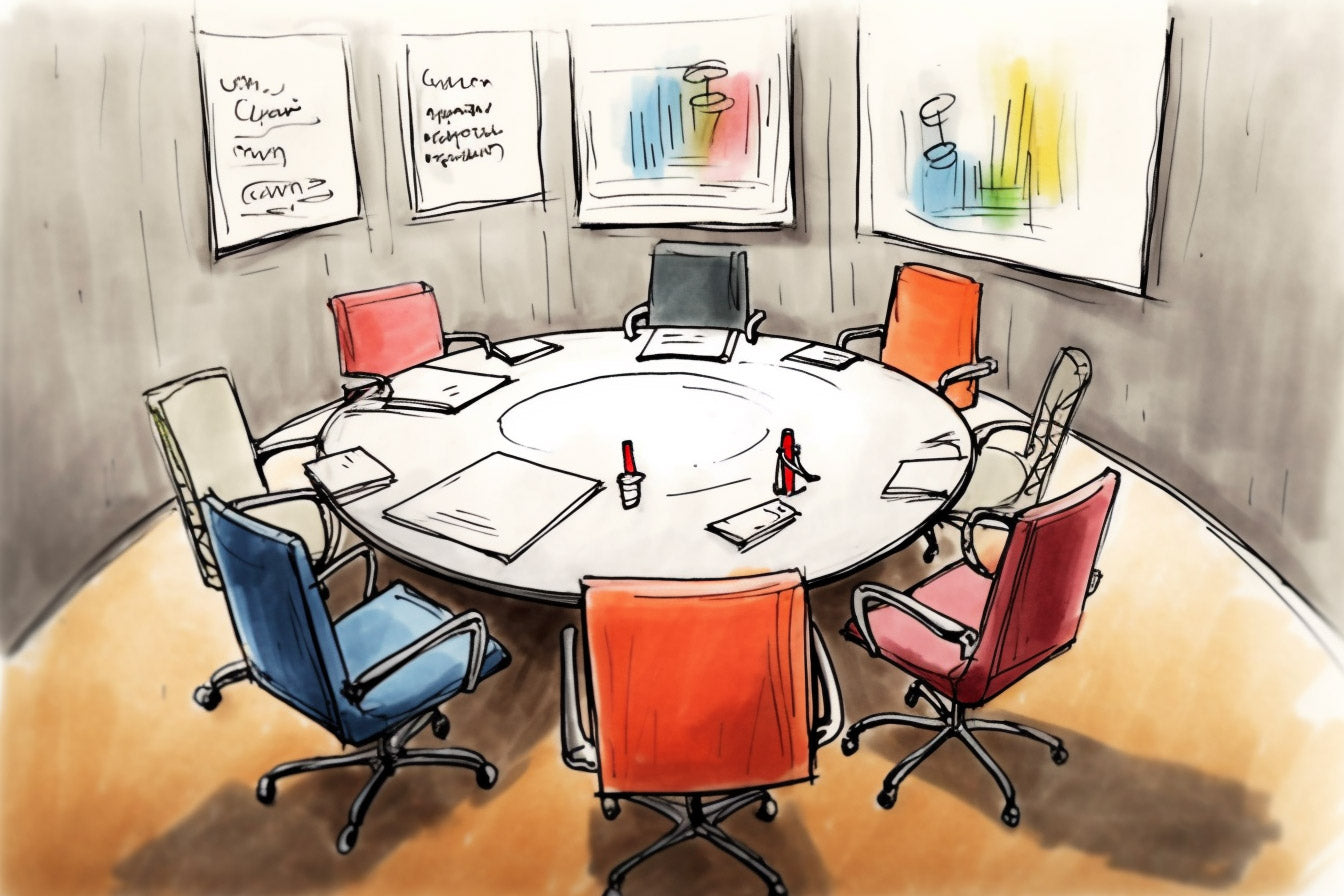
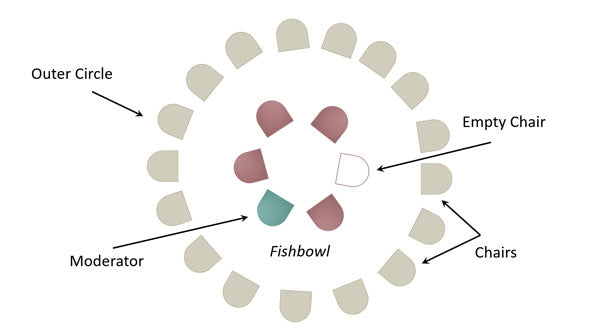
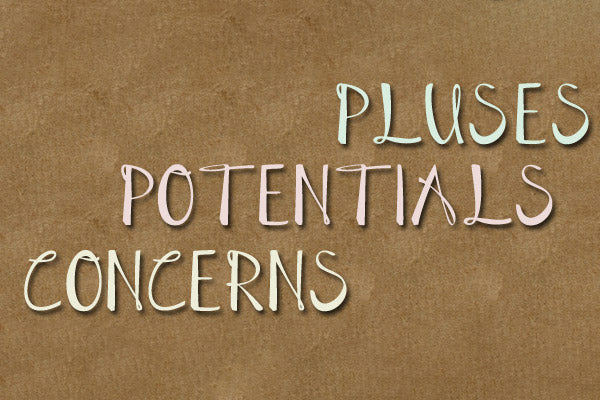
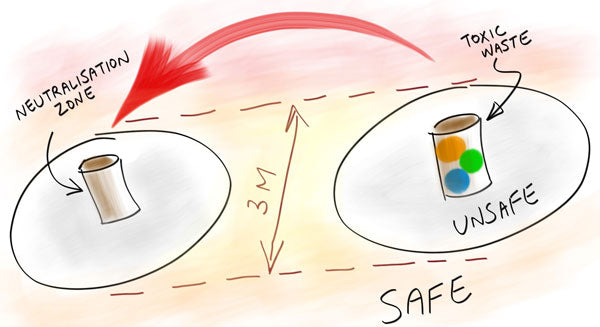
Leave a comment
All comments are moderated before being published.
This site is protected by reCAPTCHA and the Google Privacy Policy and Terms of Service apply.